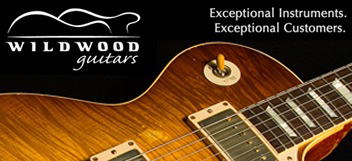jwalker
Les Paul Forum Sponsor
- Joined
- Dec 10, 2004
- Messages
- 2,593
The glue went on the rim kerfing with a hand paint roller when they where not using hide glue. If they were using hide glue it would be slopped on thick and fast with a large bristle brush. This is the only way to do that large of an area with hide glue. You have to work quick before it gels. Both methods are sloppy but fast.
What I think is even more amazing is how little hand work went into some of the assemblies. The kerfed spruce mating surface was done by machine and fits perfectly.
What I think is even more amazing is how little hand work went into some of the assemblies. The kerfed spruce mating surface was done by machine and fits perfectly.




